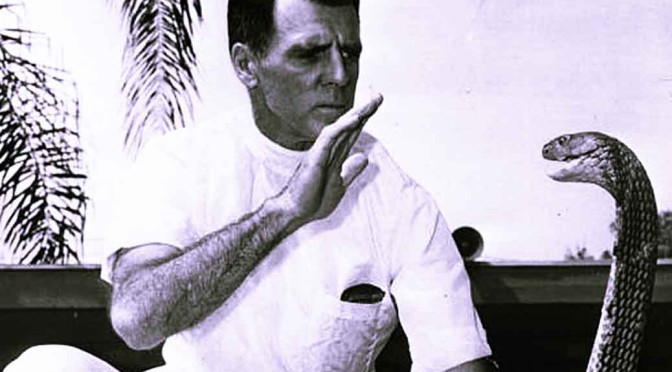By Anupum Pant
Background
Trust me, this isn’t an April Fool’s joke. Bill Haast, born in the year 1910 was one very interesting person. He was a man who was immune to the bites of some of the world’s most dangerous snakes like cobras, vipers (and others). He was the only person to have survived 3 king cobra bites. He even survived the bite from a blue krait (the snake died). Not just that. His blood was treated as a powerful snakebite serum. He also saved countless lives simply donating his blood. Was it a superpower of some sort?
Did you know? Venom and Poison are not the same things.
How?
Maybe you could call it that. But, the superpower did not happen spontaneously. He did it to himself. He turned himself into a human experiment (at the cost of his life) to attain this level of resistance to snake venom.
His secret: Bill Hast, bitten by snakes more than 170 times, in his time, was a man who was bitten by poisonous snakes more times than any other living man. But those were mostly accidents that happened when he handled snakes during his career with snakes, a career that lasted more than 60 years. He built antibodies in his blood by voluntarily injecting snake venom every week since 1948! When he started doing this to himself, he did not know if he’d survive.
However, the man went on to hit 100 years of healthy life. Look at how he moves around at the age of 88. (Certainly not as agile as the 86-year-old gymnast – the super grandma. No one beats that!). He died on June 15, 2010.
His job: His real occupation was to collect venom to make anti-venom serums. He owned about 10,000 snakes. He collected the venom by repeating the process thousands of time (at the same time he was kind to the snakes). For drug companies in the year 1990, he was the source for 36,000 samples of venom.
Did you know? There is a Wasp that turns a cockroach into a zombie with its venom!
The other side of it
Of course the superpower came with a cost. In the video, you can see how had gnarled, he had lost the use of couple of muscles in his hand and had scars all over. He did it all with good intentions in mind, not for the money. Bill Haast, certainly was a legend.
Did you like this article?
Every day I send out a newsletter with an un-cut new article and exclusive content for readers. It’s basically my way of keeping in touch with you and letting you know what’s going on. Your information is protected and I never spam.
Subscribe from the sidebar to stay connected. Feel free to reply to these newsletters too…

